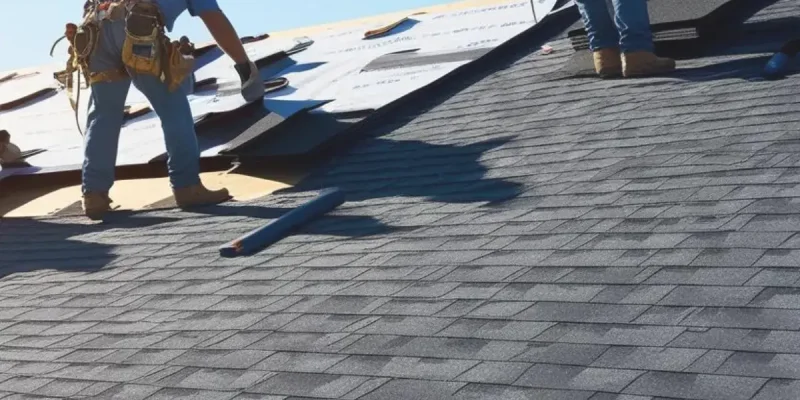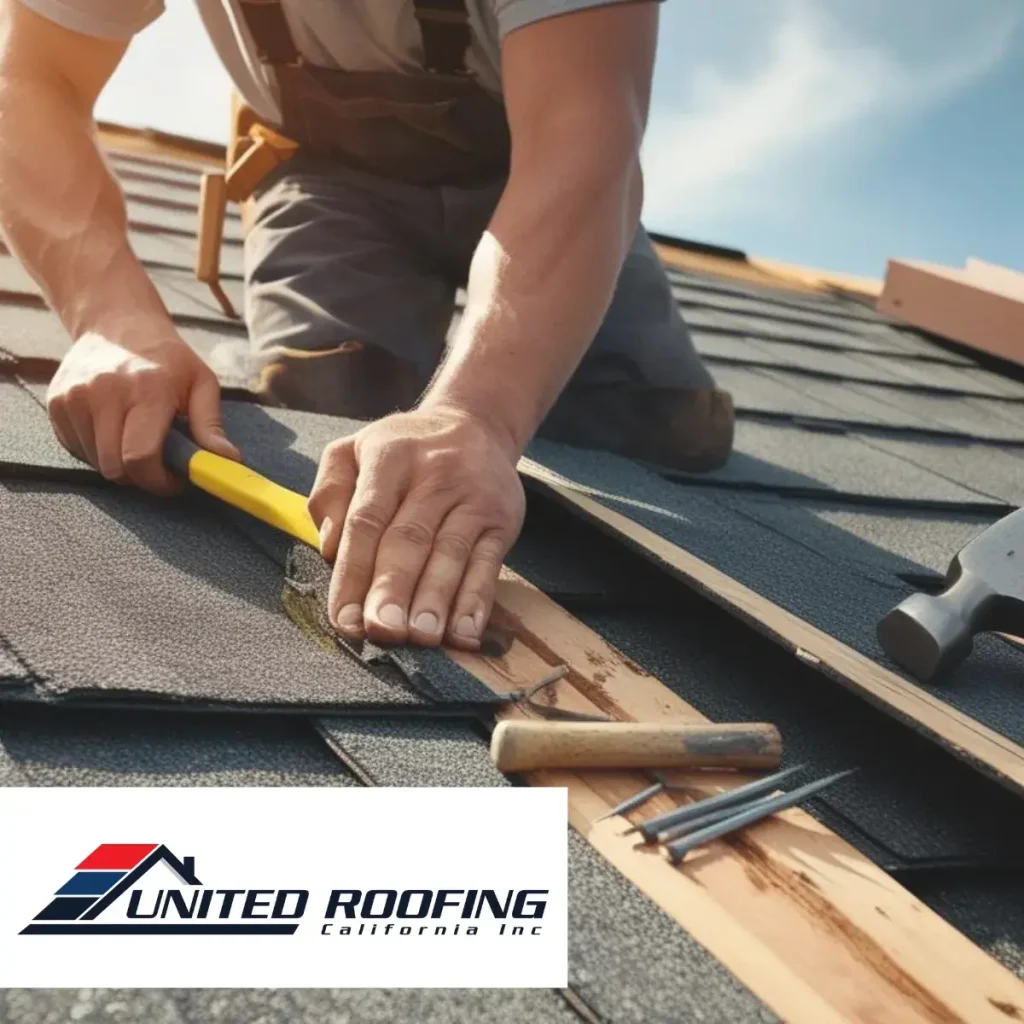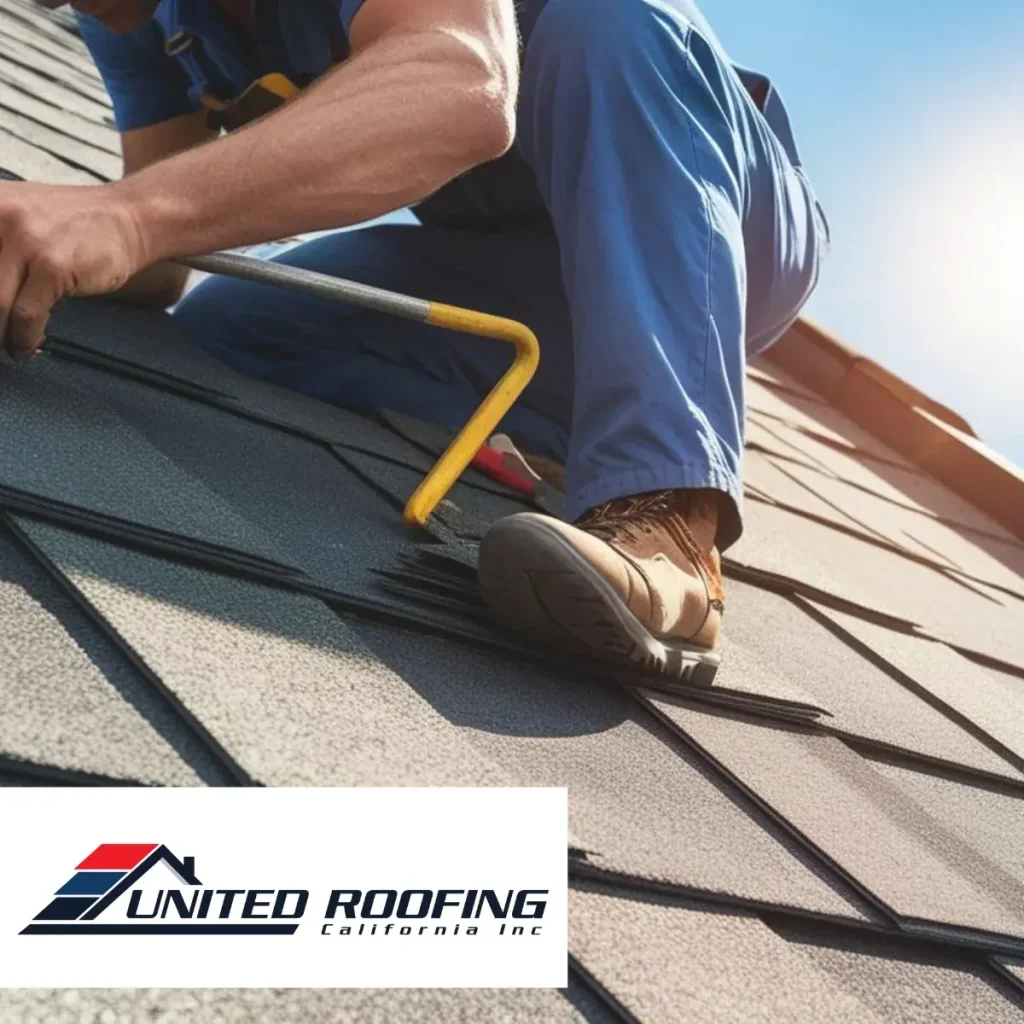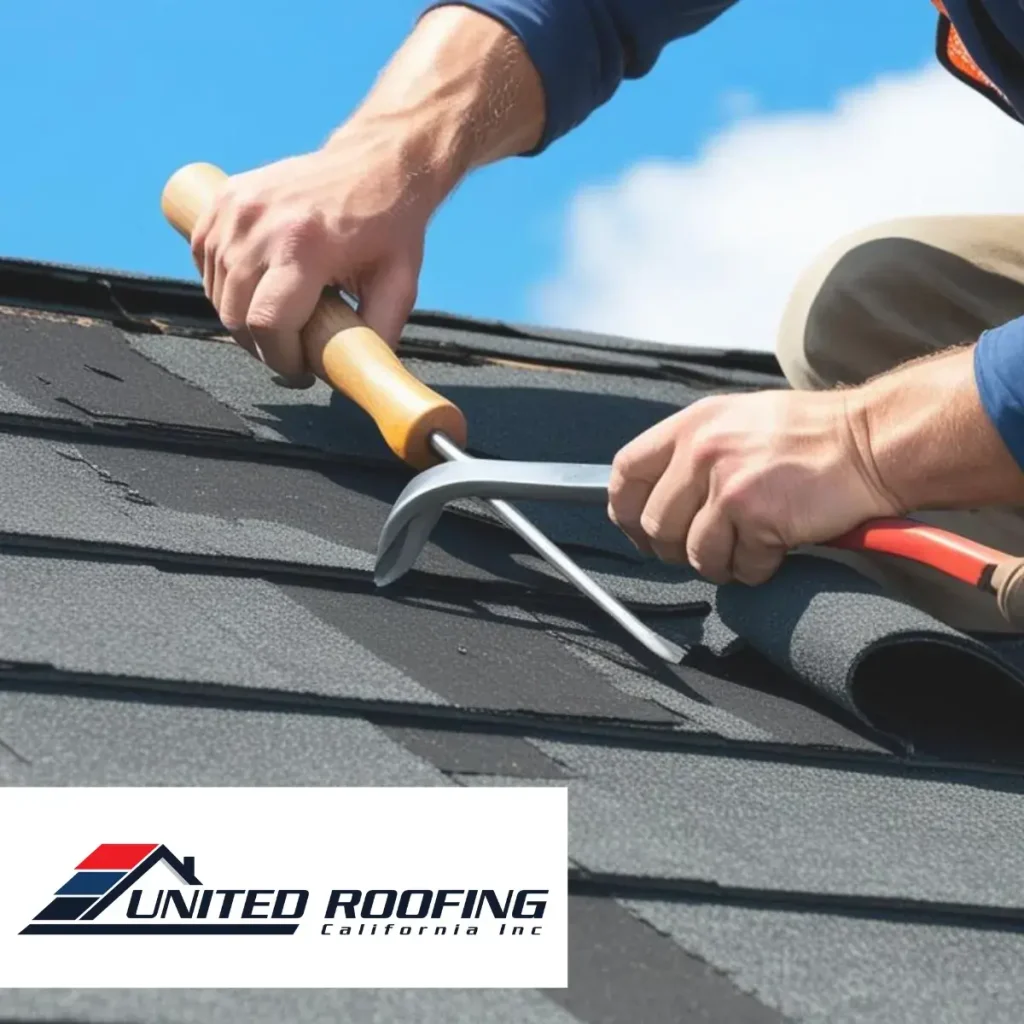Replacing or installing a roof on a commercial property is a substantial investment that demands careful planning. While most business owners focus on materials and labor, many overlook additional expenses that can impact the total scope of the project. Understanding the hidden costs involved in commercial roofing installation helps avoid surprises and ensures a more accurate and stress-free budgeting process.
Unforeseen Structural Repairs Underneath the Roof
One of the most common surprises during a roofing project is the discovery of damage beneath the surface. Once the old roofing material is removed, contractors often uncover issues like rotted decking, corroded fasteners, or compromised insulation. These conditions must be addressed before the new roof can be installed properly, which may extend the timeline and increase labor needs. A comprehensive inspection before the project begins can reduce the likelihood of these surprises but doesn’t always reveal everything until the tear-off process starts.
Permitting, Code Compliance, and Required Upgrades
Local building codes evolve frequently, especially in areas prone to wind, snow, or seismic activity. During a commercial roofing installation, compliance with the latest regulations may require additional upgrades such as improved drainage systems, insulation modifications, or safety features like roof access points and fall protection. Permitting fees and related administrative tasks can also add up. Partnering with an experienced roofing contractor helps ensure compliance while minimizing unnecessary delays or penalties.
Business Interruption and Accessibility Challenges
While many roofing projects are completed with minimal disruption, some properties may face temporary access restrictions or interruptions to regular business operations. Staging equipment, blocking parking areas, or noise concerns may require modified scheduling or coordination with tenants and employees. In some cases, businesses might need to temporarily relocate sensitive equipment or shift operational hours. These adjustments can impact productivity and may incur additional costs if not addressed in the initial project plan.
Post-Installation Maintenance and Warranties
After installation, some property owners assume their new roof won’t require attention for years. However, ongoing maintenance and inspections are often required to keep warranties valid and ensure optimal performance. Some warranties also include clauses that limit coverage based on installation conditions, weather events, or material compatibility. Clarifying what is and isn’t included in both labor and manufacturer warranties helps avoid unexpected service fees in the future and ensures full protection for your roofing investment.
Learn More
Tax Benefits & Incentives for Commercial Roofing Installations





